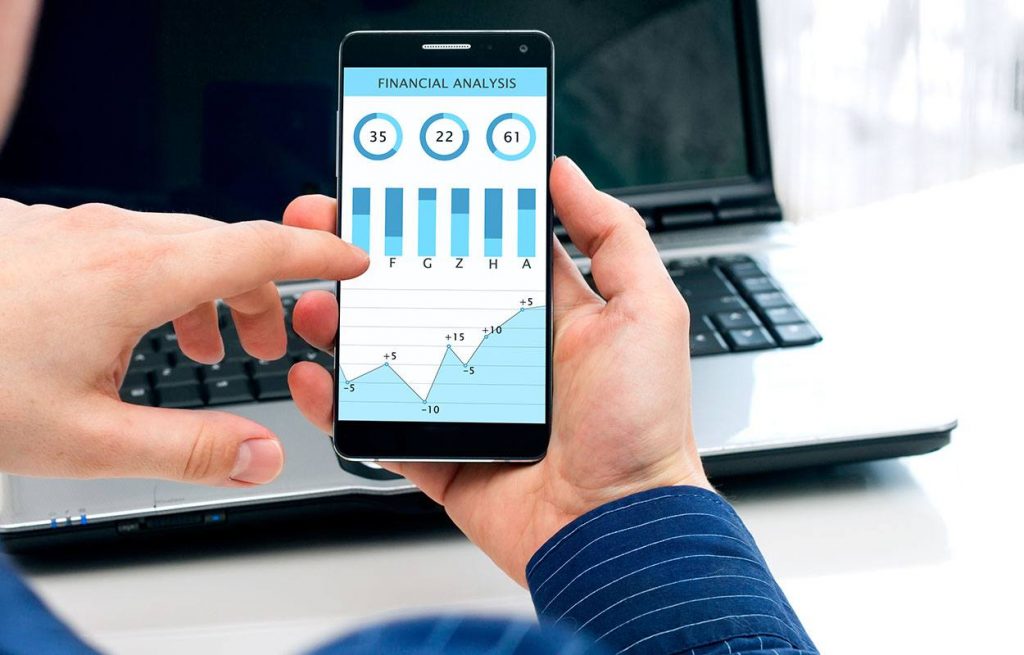IQ Retail is a software development company that provides expertise in complete financial and business administration solutions. They explain what Omni channel retail systems and MDR is.
The shopping model of the near future is poised to look radically different from just a decade ago, and retailers that don’t keep pace with changing tastes are setting themselves up for a rude awakening, at best, or extinction at worst”, according to Bashar Nejdawi, President of IngramMicroMobility, North America, a provider of technology and supply chain services.
“In five years, consumer electronics stores as we know them today won’t exist, and the same rings true for our favourite apparel brands,” Nejdawi also told Forbes. “Technological innovations and a hyper- connected world have significantly influenced consumer behaviours and expectations. As a result, retailers are faced with a scary reality; change or become obsolete.” Retail is fast moving outside the traditional store environment and into the omni channel retail space where the consumer decides which channel to start in and has the option to finish the transaction in another. Enterprise Resource Planning (ERP) and Point of Sale (POS) software providers need to identify these needs and find innovative ways of satisfying these needs.
OMNI CHANNEL RETAIL SYSTEMS
A consumer would perhaps begin their shopping experience online or via a mobile solution and then at some point decide to visit the traditional brick and mortar store, continuing their transaction in this environment and perhaps leaving the store and finalising back on the online or mobile environment. End users of such systems expect both a seamless as well as a real time experience. Information and data needs to be up-to-date, easily accessible in various required formats and a fully automated process must exist in the background to take care of these requirements.
WHAT ARE THE MARKET CHALLENGES?
When you take a view on larger organisations and how they fit together in the market place four main components in the business cycle exist. These would be the customer, the retailer, their franchisor head office or corporate headquarters and the supply chain.
Retailers face challenges which include – but are not restricted to limited retail space, working capital constraints, lost opportunities, transfer of product knowledge to sales staff and customers, business to business transactions and many more. Franchisors and head offices have their own set of challenges like maintaining a unified stock number system, ease of rolling out new stores with standard models, supplier effective negations and dealings with retailers and suppliers. Decision making improves which in turn delivers better trading results. Data management is streamlined and constantly maintained in a hygienic environment.

